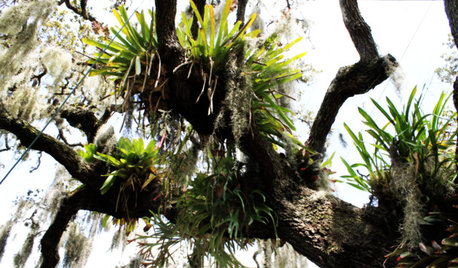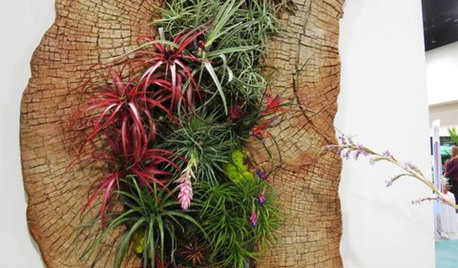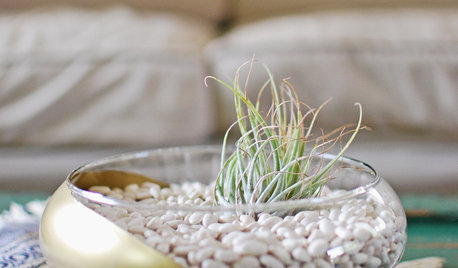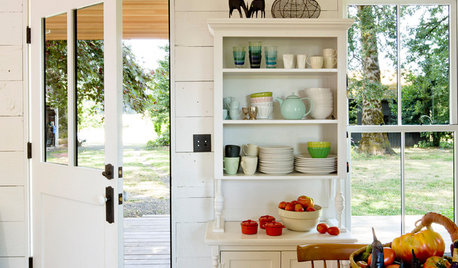Air Layer in a bottle
crez
14 years ago
Related Stories

GARDENING GUIDESGot a Hot, Humid Landscape? Add Tropical Flair With Air Plants
Turn tree trunks and walls into lush canvases with plants adapted to the canopies of the rainforest
Full Story
LIFE6 Ways to Cool Off Without Air Conditioning
These methods can reduce temperatures in the home and save on energy bills
Full Story
HEALTHY HOMEA Guide to Indoor Air Purifiers
Get the lowdown on air filtration systems for your house and the important ratings to look out for
Full Story
BATHROOM WORKBOOKBathroom Workbook: Layer on the Texture for High Bath Style
Make even a modern bath warm and welcoming with these 11 ideas for adding texture
Full Story
HOUZZ TOURSMy Houzz: Peeling Back Layers in a 1908 Home
Hidden fireplaces, buried hardwood and covered beadboard resurface thanks to a Mississippi couple's DIY efforts
Full Story
DECORATING GUIDESDesign 2011: Layers of Global Style
Create Your Own Look With a Blend of World Design
Full Story
DECORATING GUIDES10 Ways to Hide That Air Conditioner
Feeling boxed in designing around your mini-split air conditioner? Try one of these clever disguises and distractions
Full Story
DECORATING GUIDESAir Plants Go Easy on Indoor Gardeners
If your best intentions leave stalks barely breathing, embrace blissfully easy air plants to bring a living garden to your home
Full Story
CRAFTSBowl Over Guests With a DIY Air Plant Terrarium
Air plants don't need much attention, but they'll get it anyway with a snazzy, gilded home you make yourself
Full Story
REMODELING GUIDESWake Up Rooms With the Power of Fresh Air
Even the trendiest interior designs can feel stale when your home is in permanent lockdown. Look to windows and doors for the solution
Full StorySponsored
Columbus Area's Luxury Design Build Firm | 17x Best of Houzz Winner!
More Discussions






bonsaist
paully22
Related Professionals
Arnold Landscape Architects & Landscape Designers · McKinney Landscape Contractors · Fort Mill Landscape Contractors · Miller Place Landscape Contractors · Shaker Heights Landscape Contractors · Kearns Decks, Patios & Outdoor Enclosures · Markham Decks, Patios & Outdoor Enclosures · Richmond Decks, Patios & Outdoor Enclosures · Saint Louis Park Decks, Patios & Outdoor Enclosures · West Hills Decks, Patios & Outdoor Enclosures · Wilmington Decks, Patios & Outdoor Enclosures · Cicero Fence Contractors · Claremont Fence Contractors · Meadow Woods Fence Contractors · Monroe Fence ContractorscrezOriginal Author
fatnsassytexan
ricortes
crezOriginal Author
danab_z9_la
danab_z9_la
ricortes
danab_z9_la
xgrndpounder
sergius
crezOriginal Author
danab_z9_la